We helped build the foundations for an easy-to-use, inspiring and rewarding customer experience.
While embracing a wider digital transformation, Mercury engaged DNA to support the establishment of a new Digital Experience (DX) team, build the foundations for an improved digital presence, and deliver quick wins in acquisition, onboarding, and account management experiences.
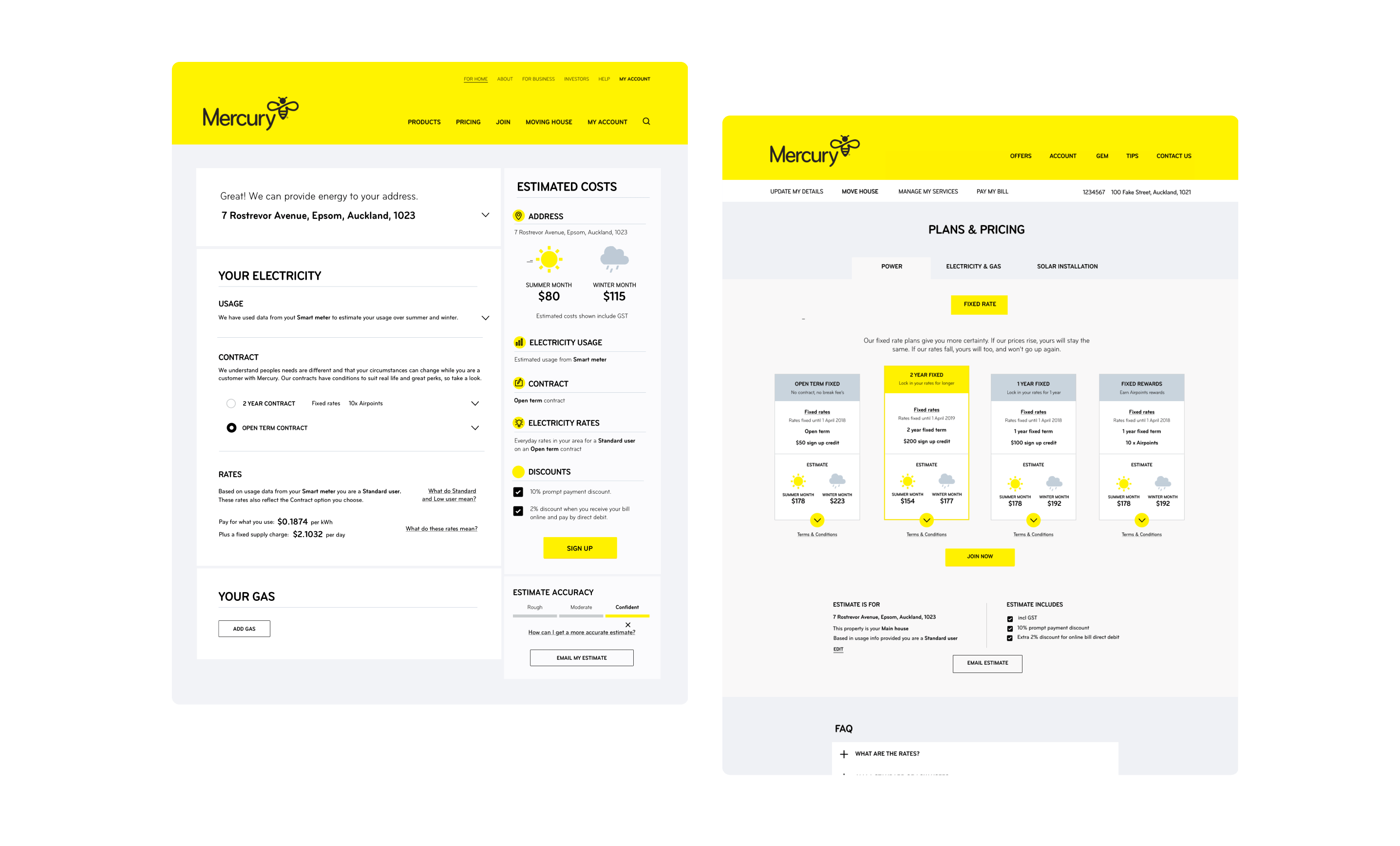
Context.
In 2017, Mercury approached DNA to overhaul its digital experience while transitioning its technology teams to a design-led agile delivery model. They sought assistance in identifying and delivering quick wins across key customer journeys and building internal capabilities to deliver optimised experiences.
In 2017, Mercury approached DNA to overhaul its digital experience while transitioning its technology teams to a design-led agile delivery model. They sought assistance in identifying and delivering quick wins across key customer journeys and building internal capabilities to deliver optimised experiences.
Programme.
The initial programme aimed to optimise and improve the joining and onboarding experience for new customers and ensure rapid implementation by the internal development teams. Over several design sprints, we focused on priority customer journeys, delivering significant improvements and enhancements for implementation.
The initial programme aimed to optimise and improve the joining and onboarding experience for new customers and ensure rapid implementation by the internal development teams. Over several design sprints, we focused on priority customer journeys, delivering significant improvements and enhancements for implementation.
Our approach.
We began by unpacking the current state, identifying opportunities for improvement, and generating a series of conceptual prototypes. These prototypes were validated with multiple business teams before being tested with customers. Customer testing helped us identify areas for improvement in the conversion flow. We then mapped the qualitative insights gathered from these sessions against broader analytics of platform performance throughout the purchasing and acquisition journey. The identified improvements were prioritised with product owners, packaged, and handed over to internal teams.
We began by unpacking the current state, identifying opportunities for improvement, and generating a series of conceptual prototypes. These prototypes were validated with multiple business teams before being tested with customers. Customer testing helped us identify areas for improvement in the conversion flow. We then mapped the qualitative insights gathered from these sessions against broader analytics of platform performance throughout the purchasing and acquisition journey. The identified improvements were prioritised with product owners, packaged, and handed over to internal teams.
Results.
The initial limited quick fixes increased the conversion rate by 60%, laying the foundations for continuing to optimise Mercury’s digital experience across multiple channels, products, plans, and services.
The initial limited quick fixes increased the conversion rate by 60%, laying the foundations for continuing to optimise Mercury’s digital experience across multiple channels, products, plans, and services.
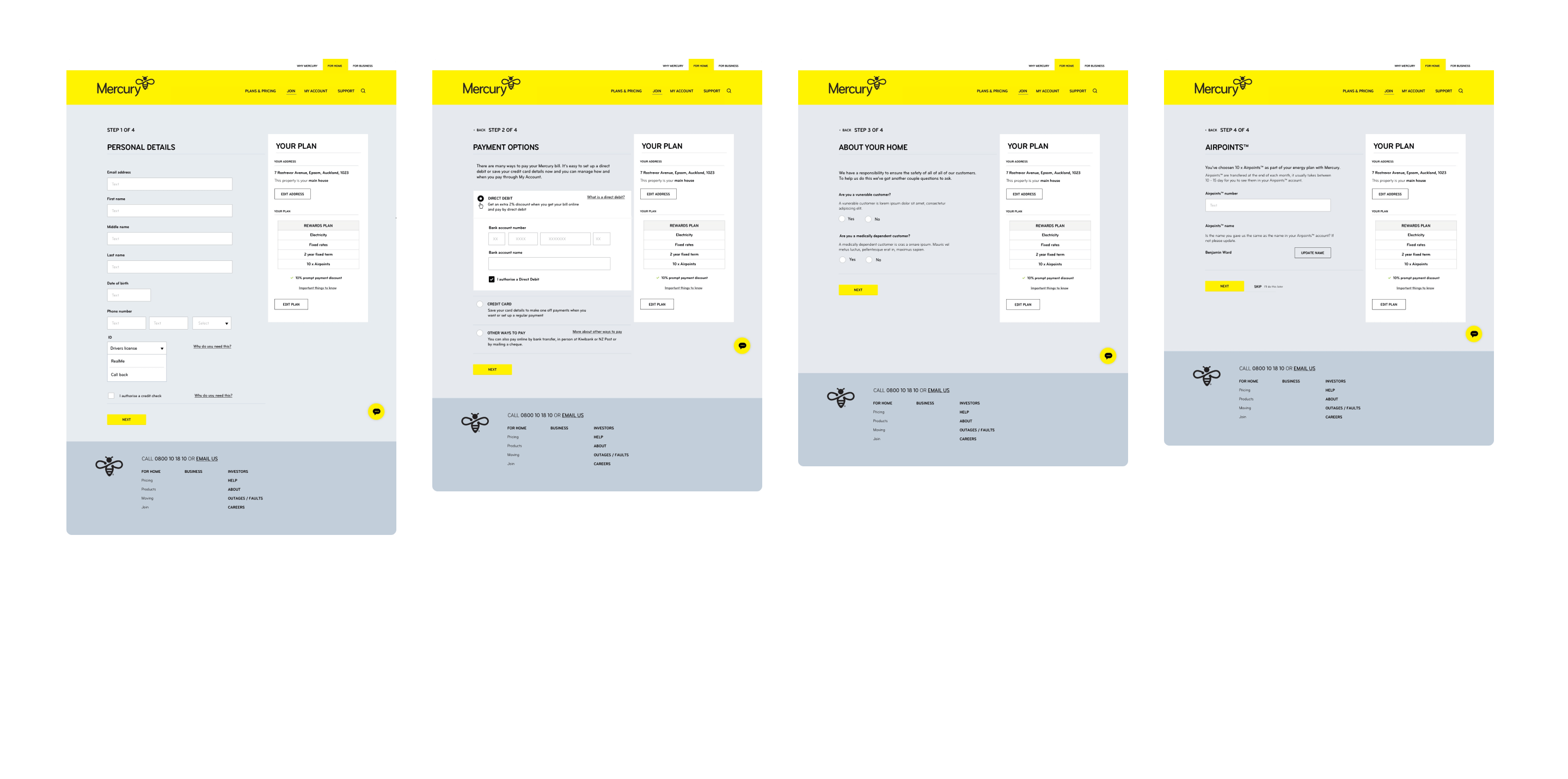
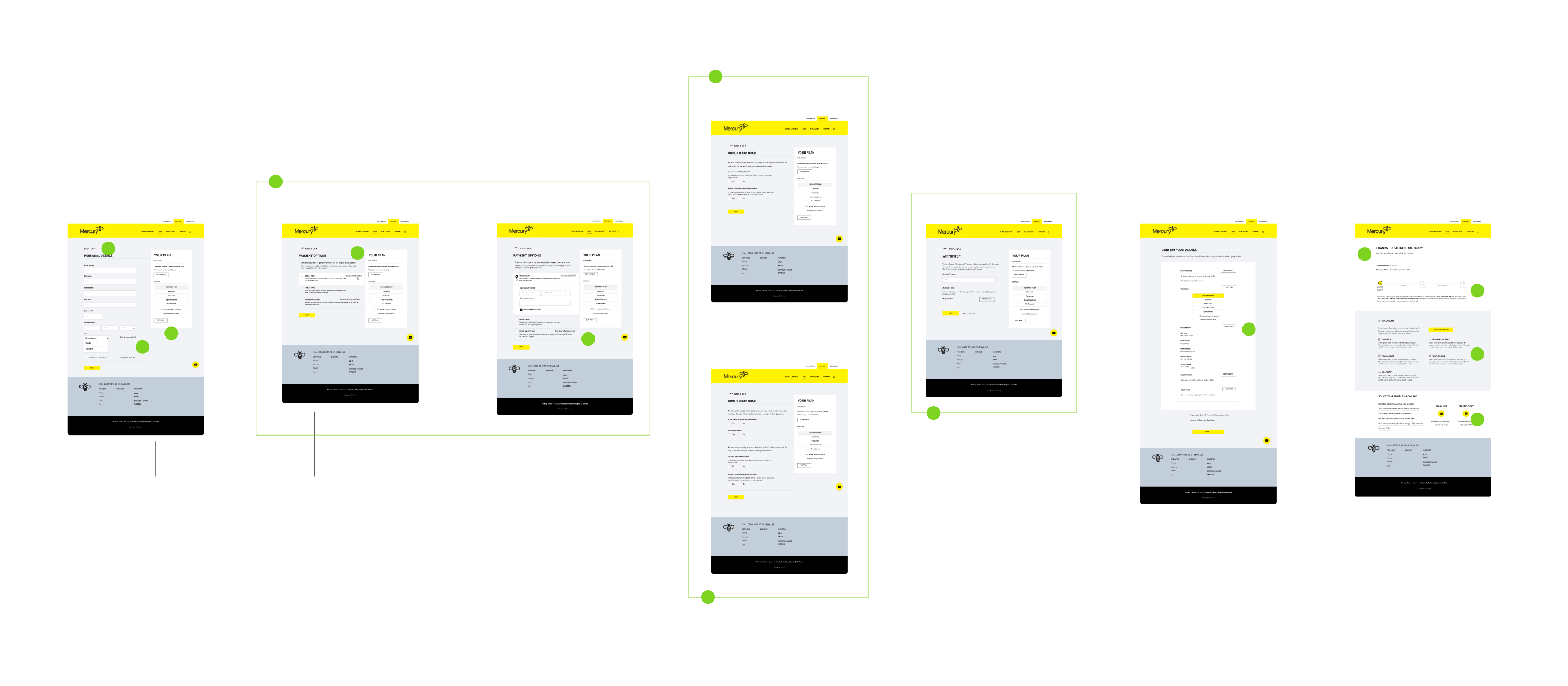
Simpler customer journeys.
In the initial project phase, we completed 30 hours of 1-1 moderated user testing across several rounds, speaking to energy customers signing up with Mercury and those using competitor websites. This research, combined with prototyping improvements, identified multiple opportunities to simplify and optimise the joining, onboarding, account management, moving and plan selection journeys.
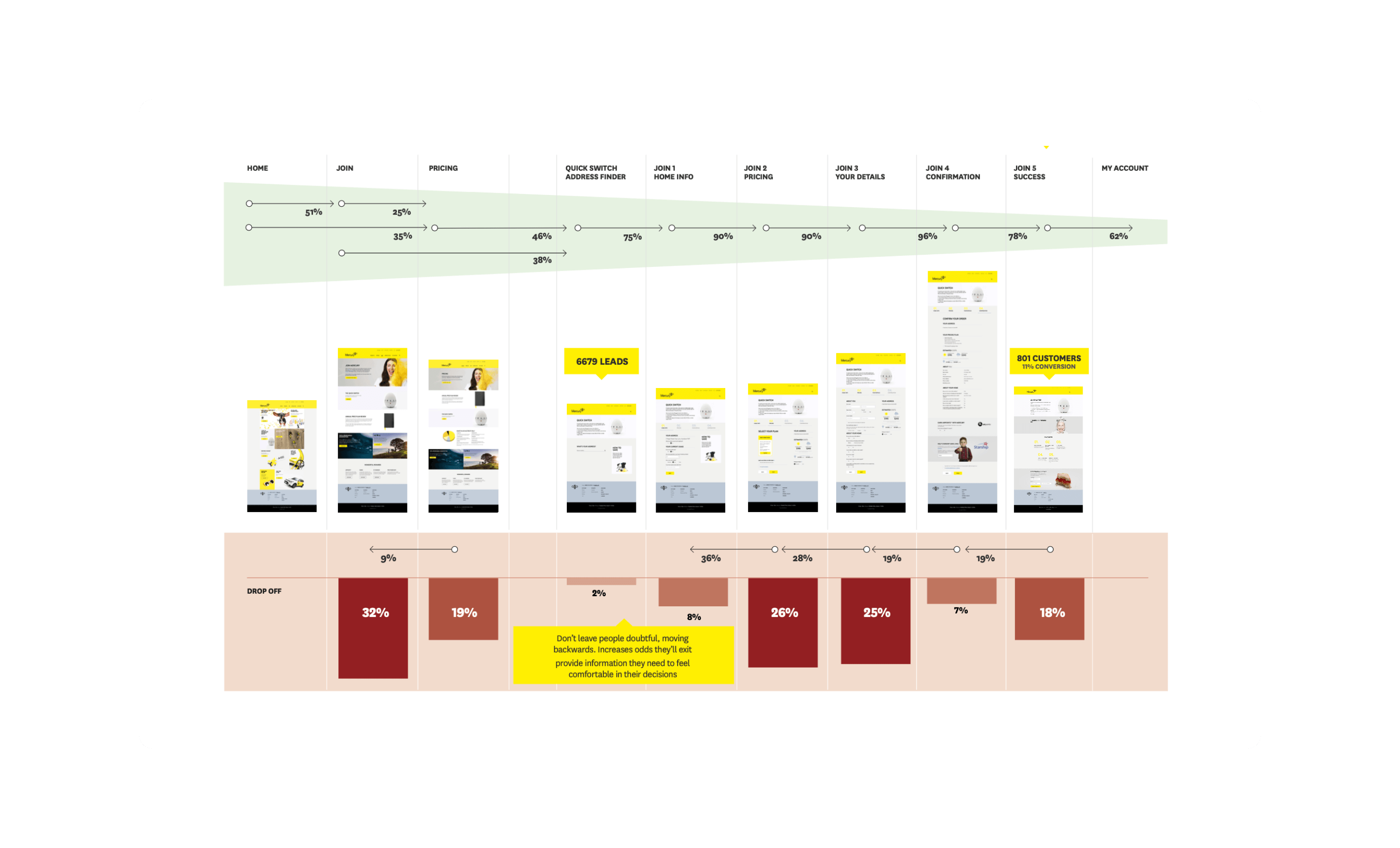
User research and data-driven insights.
To accelerate the programme, we initiated generative research and design prototyping sprints to better understand the needs, opportunities, and challenges of customers engaging with Mercury's digital experience. We identified areas for improvement in user flows and mapped qualitative insights to broader analytics of platform performance throughout the joining and onboarding journey. Analytics provided raw data that highlighted issues, while user research identified opportunities to optimise the experience.
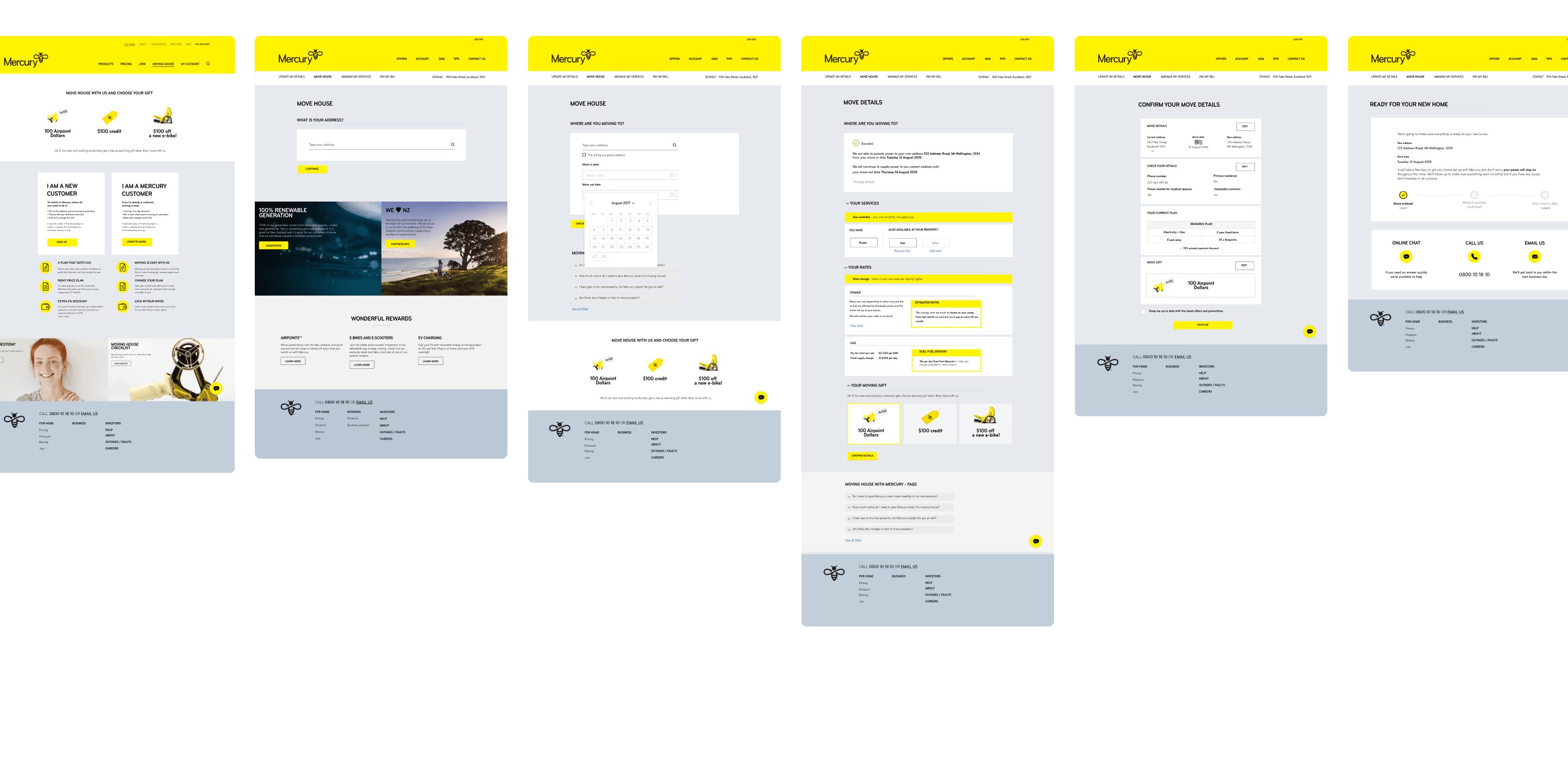
Supporting a growing capability.
Over several releases, we helped the DX team launch, monitor, and evaluate tactical changes to the join flow. In other priority areas, we assisted the team in prioritising features and provided direction to internal team members, including design and technology. Upon completing the definition, validation, and design of the priority areas, we handed them over to internal teams to continue development.
This streamlined and focused approach has not only improved customer conversion rates but also laid a solid foundation for ongoing digital optimisation.
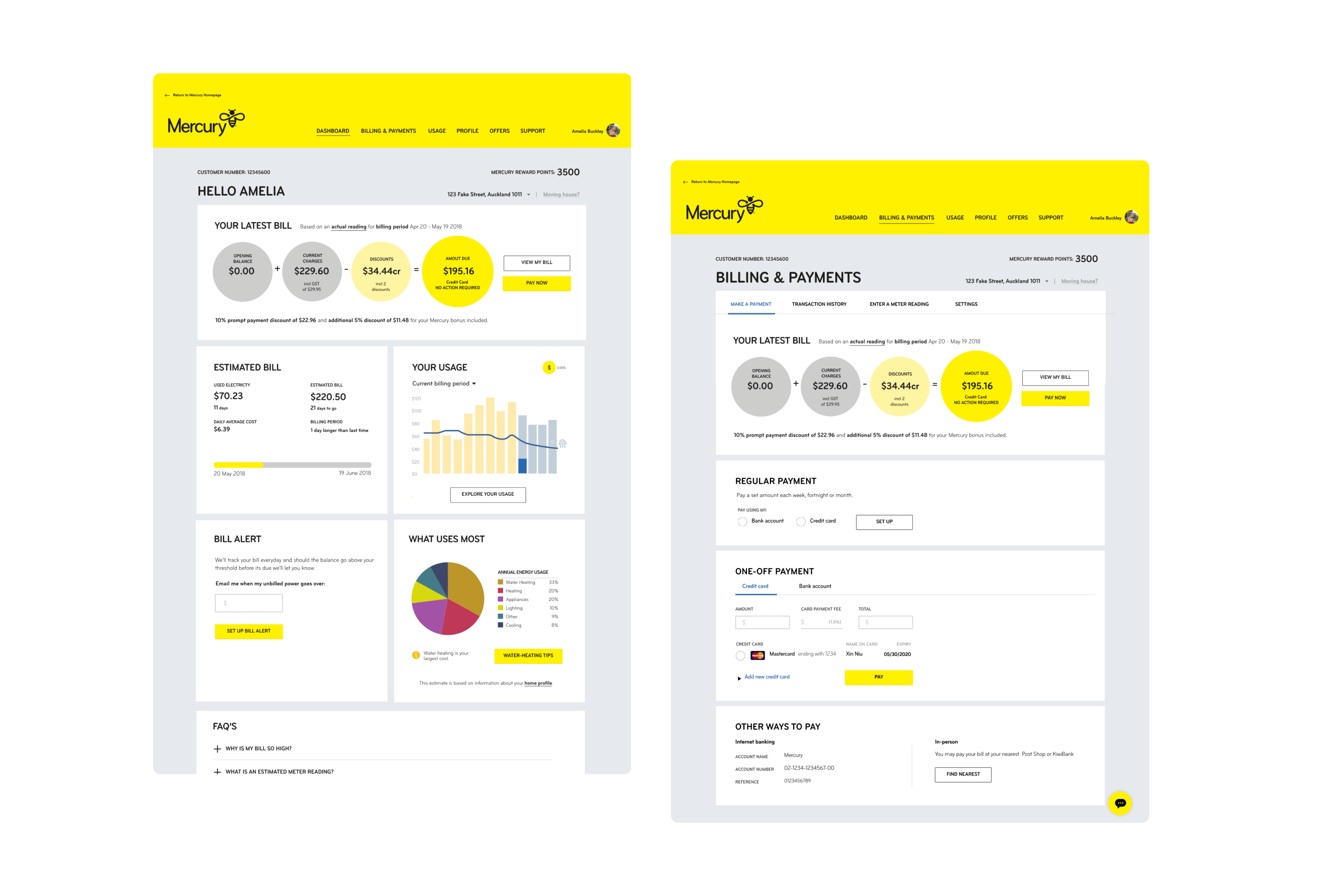
Client: Mercury
Project: Digital Experience
Capability: Experience Design / Generative Research / UX Design / Prototypes / Product Direction
Timeframe: 4 months